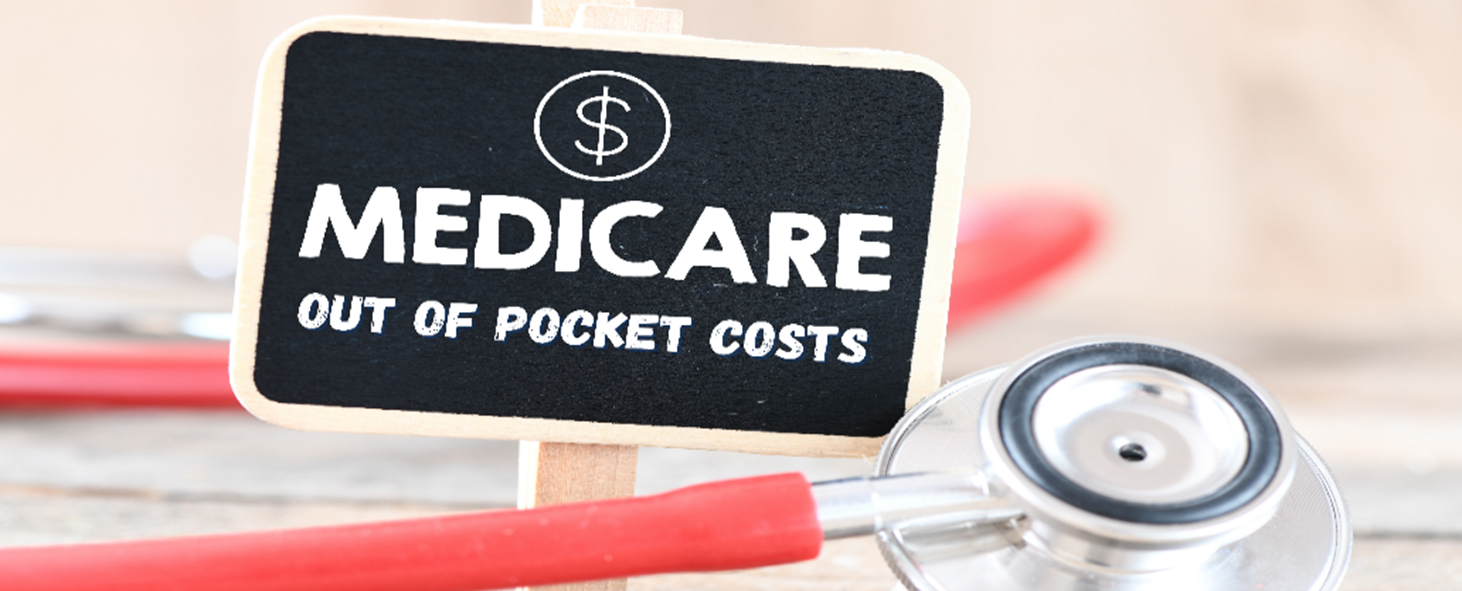As we are now a couple of months into 2023, it’s important for Medicare beneficiaries to understand the out-of-pocket expenses associated with their healthcare coverage. While Medicare provides essential healthcare benefits for millions of seniors and people with disabilities, it does not cover all medical costs. This is where Medicare Advantage, Part D plans, and Supplemental plans come into play.
Understanding the out-of-pocket costs associated with these plans can help you make more informed decisions about your coverage and potentially save you money in the long run. Here’s a breakdown of what you can expect in terms of out-of-pocket expenses for Medicare Advantage, Part D plans, and Supplemental plans in 2023.
- Medicare Part A (Hospital Insurance): Most people don’t have to pay a premium for Part A because they have worked 10+ years and had Social Security taxes withheld. If you don’t get premium-free Part A, you may pay up to $506 monthly in premiums. For a hospital stay in 2023, you also pay a $1,600 deductible per benefit period.
- Medicare Part B (Medical Insurance): The standard Part B monthly premium in 2023 is $164.90. Most beneficiaries pay this amount. The Part B deductible is $226 per year. Part B coinsurance—the share you’re expected to pay after reaching your deductible—is 20% of the cost for each Medicare-approved service or item. This can make up a significant part of your total out-of-pocket costs.
- Medicare Advantage (Part C): Part C plans cover everything Original Medicare covers as well as extra benefits such as dental and vision. In 2023, the average Medicare Advantage/Part C premiums are projected to range between $0 and $200+, with the estimated plan premium this year costing $18 per month. Most Medicare Advantage plans have cost sharing as well. Typically, this is in the form of a fixed co-payment for doctor’s visits (rather than the 20% coinsurance you pay with Part B).
- Medicare Part D (Prescription Drug Coverage): Annual premiums vary across Part D plans, estimated to average around $31.50 per month in 2023 for standard coverage. The Part D deductible can be no more than $505 per year. Part D enrollees also face cost-sharing that can increase OOP costs. Generally, you will pay a co-payment (e.g., $15) or coinsurance (e.g., 33%) each time you fill a prescription. Part D co-payments and coinsurance vary based on what coverage phase you are in and the specific medication being filled.
- Medigap (Supplemental Insurance): These policies are sold by private carriers to provide wraparound coverage for Medicare Parts A and B costs. Each insurance carrier sets its own premium for its Medigap policies. The way they set the price determines how much you’ll pay in out-of-pocket costs, now and for the rest of your coverage period. The 2023 annual deductible for Medigap Plans F, G, and J is $2,700.
Medicare Advantage Plans:
Medicare Advantage plans, also known as Medicare Part C, are offered by private insurance companies and provide all the benefits of Medicare Part A and Part B, along with additional coverage options such as dental, vision, and hearing. The out-of-pocket costs for these plans vary depending on the specific plan and the services you receive. Some common out-of-pocket expenses associated with Medicare Advantage plans include:
- Monthly premium – This is the amount you pay each month for your Medicare Advantage plan. The premium can vary based on the plan and the insurance company offering it.
- Deductibles – This is the amount you pay out of pocket before your plan starts covering the cost of your medical services. The deductible amount can vary based on the plan.
- Co-payments – This is a fixed amount you pay for each medical service you receive. The co-payment amount can vary based on the plan and the type of service.
- Coinsurance – This is a percentage of the cost you pay for medical services after you’ve met your deductible. The coinsurance amount can vary based on the plan.
- Out-of-pocket maximum – This is the most you will pay out of pocket for covered medical services in a given year. Once you reach this maximum, your plan will cover the cost of additional medical services.
Part D Prescription Drug Plans:
Medicare Part D plans provide coverage for prescription drugs. The out-of-pocket costs for these plans can also vary depending on the specific plan and the prescription drugs you need. Some common out-of-pocket expenses associated with Part D plans include:
- Monthly premium – This is the amount you pay each month for your Part D plan. The premium can vary based on the plan and the insurance company offering it.
- Deductibles – This is the amount you pay out of pocket for your prescription drugs before your plan starts covering the cost. The deductible amount can vary based on the plan.
- Co-payments or coinsurance – This is the amount you pay for each prescription drug you receive. The co-payment or coinsurance amount can vary based on the plan and the prescription drug.
- Coverage gap – This is the period where you may have to pay more for your prescription drugs once you’ve reached a certain spending limit. The coverage gap can vary based on the plan.
- Catastrophic coverage – This is the point where your plan covers most of the cost of your prescription drugs once you’ve spent a certain amount out of pocket.
Supplemental Plans:
Medicare Supplemental plans, also known as Medigap, are offered by private insurance companies and provide additional coverage options to fill in the gaps left by Original Medicare. The out-of-pocket costs for these plans can vary depending on the specific plan and the insurance company offering it. Some common out-of-pocket expenses associated with Supplemental plans include:
- Monthly premium – This is the amount you pay each month for your Supplemental plan. The premium can vary based on the plan and the insurance company offering it.
- Deductibles – This is the amount you pay out of pocket before your Supplemental plan starts covering the costs.
So there you have it! Understanding the out-of-pocket expenses for Medicare Advantage, Part D plans, and Supplemental plans in 2023 is super important for beneficiaries. Costs can vary depending on the plan and the services you receive, but knowing what to expect can help you budget for healthcare costs and save money in the long run. If you have any questions or need help picking the right plan for your needs, don’t hesitate to reach out to us. We are here to help you stay proactive and informed about your healthcare options, so you can get the best possible care while managing your out-of-pocket expenses!


